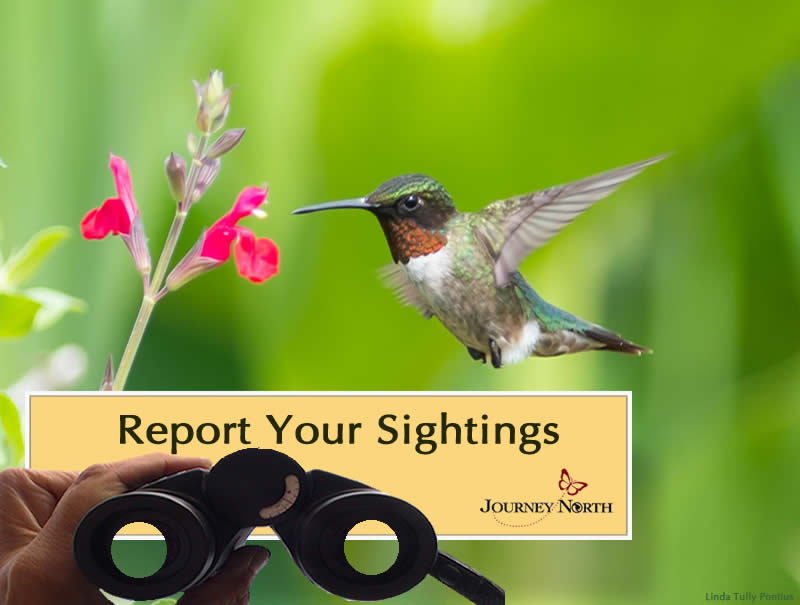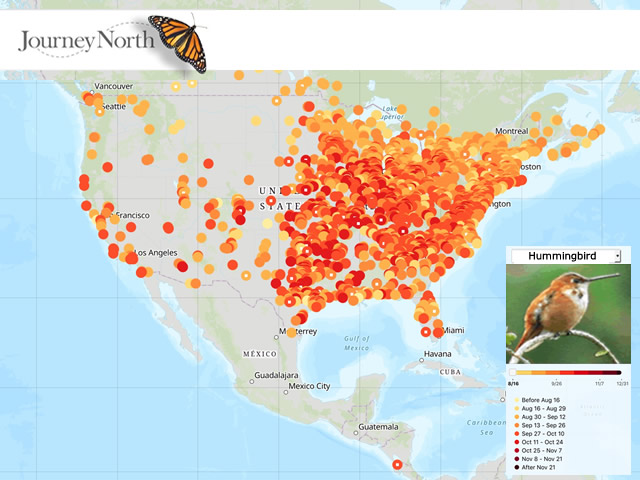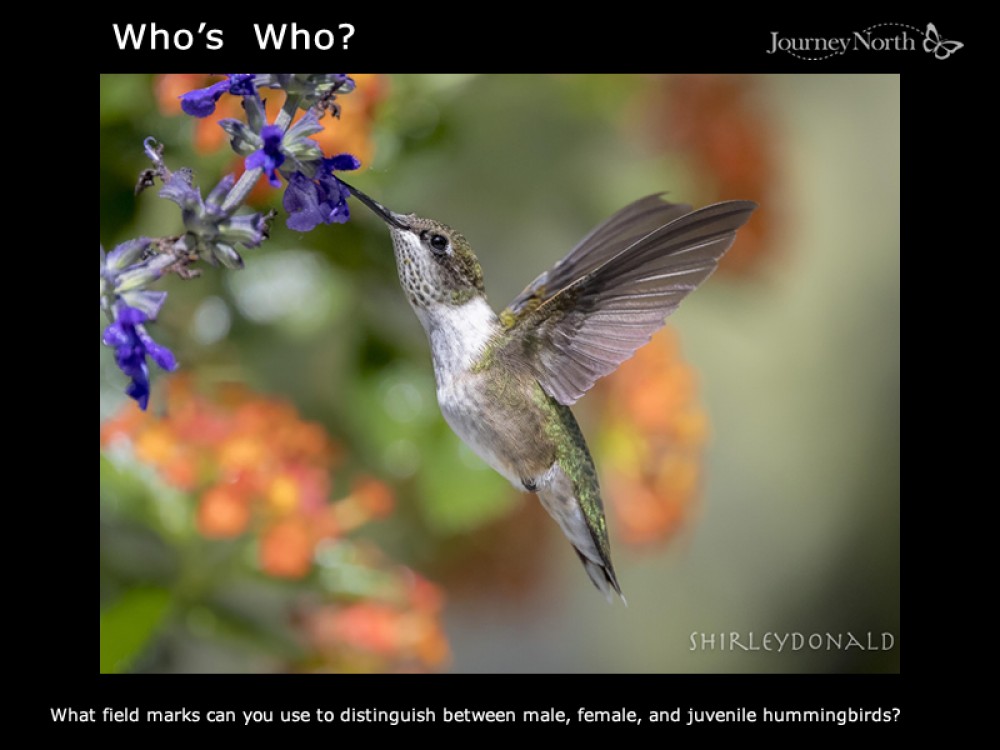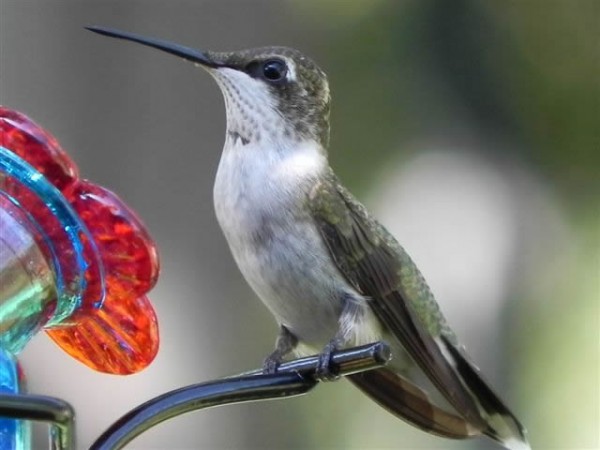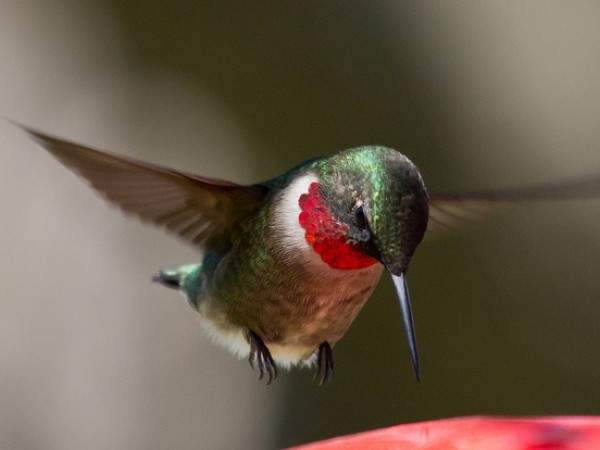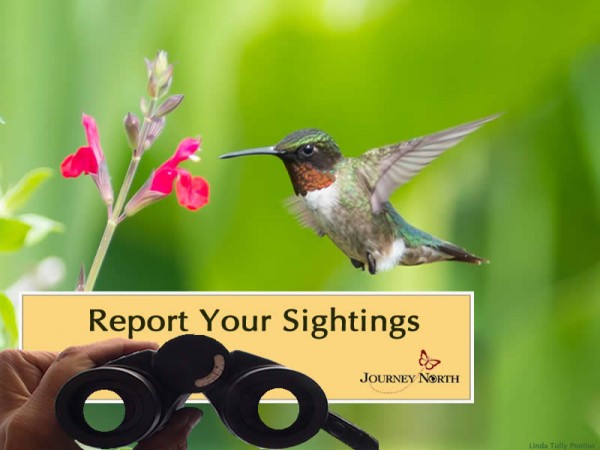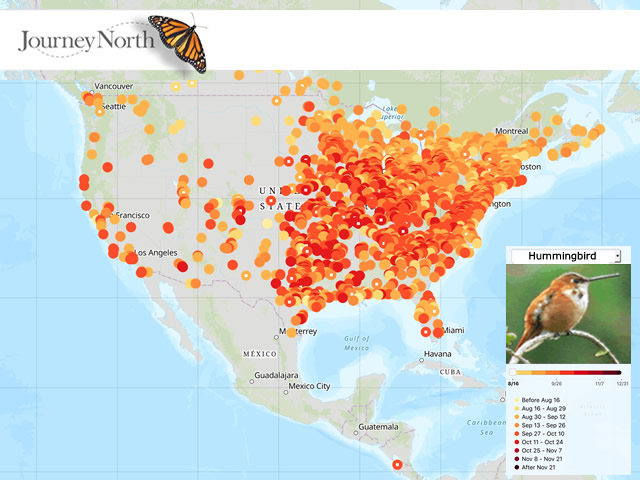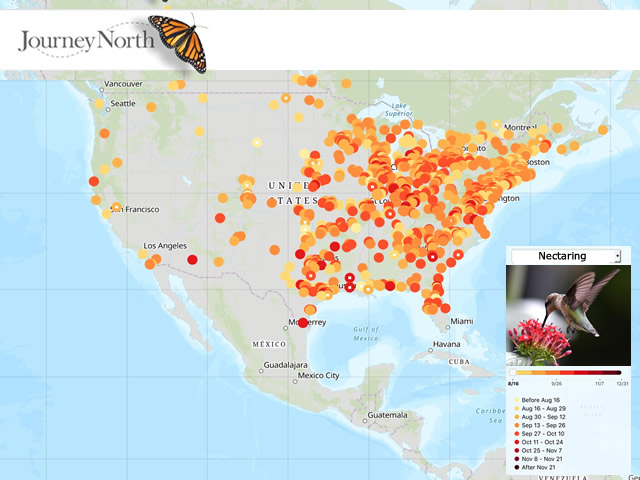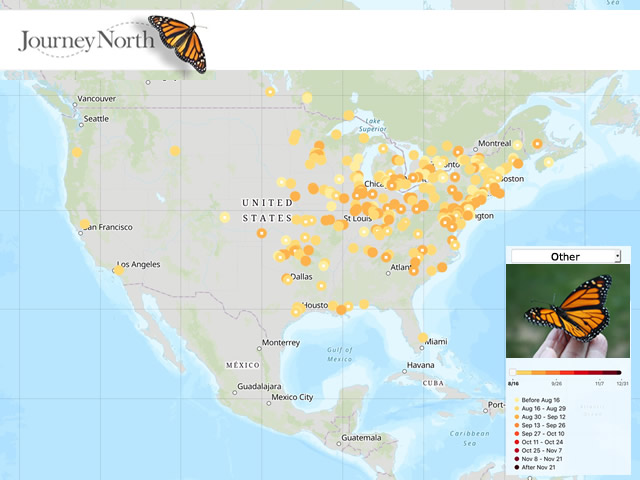Adios Adult Males
It's time to say goodbye to your resident male - if he hasn't already left.
Disappearing in the North
Across the north, sightings of adult males are becoming more scarce.
“Haven’t seen a male in about a week.” 08/27/18 Germantown, NY
"No adult males but many females and juveniles feeding aggressively at feeders." 08/29/18 Mequon, WI
Appearing on the Migration Trail
Careful observers can tell a visitor from a summer resident by watching its behavior. Where the visitor rests, how long it stays, or how tentatively it feeds at the feeder are reliable clues that the bird is passing through.
"Adult male feeding at feeder. He didn't stick around. This was a new guy most likely heading south, not my usual male." 08/27/18 Erie, IL
Who's Left?
Adult females and juveniles remain for awhile after the adult males leave. But don't judge the male hummingbird as a poor father for leaving early. After he's gone, the mothers and juveniles can feed without competing with him for food. This is their time to prepare for migration. Newly-fledged birds need the time to mature and gain fat reserves before flying off on their first migration south.
Who's Who?
Juveniles and adult females look almost identical. Our identification guide shows you field marks that can help you distinguish one from the other. Test your skills with these pictures.
Identification: Male, Female, Adult, or Juvenile?
Fall Migration 2018
Report at least once per week as long as hummingbirds are present. Do not report when you no longer see them.


